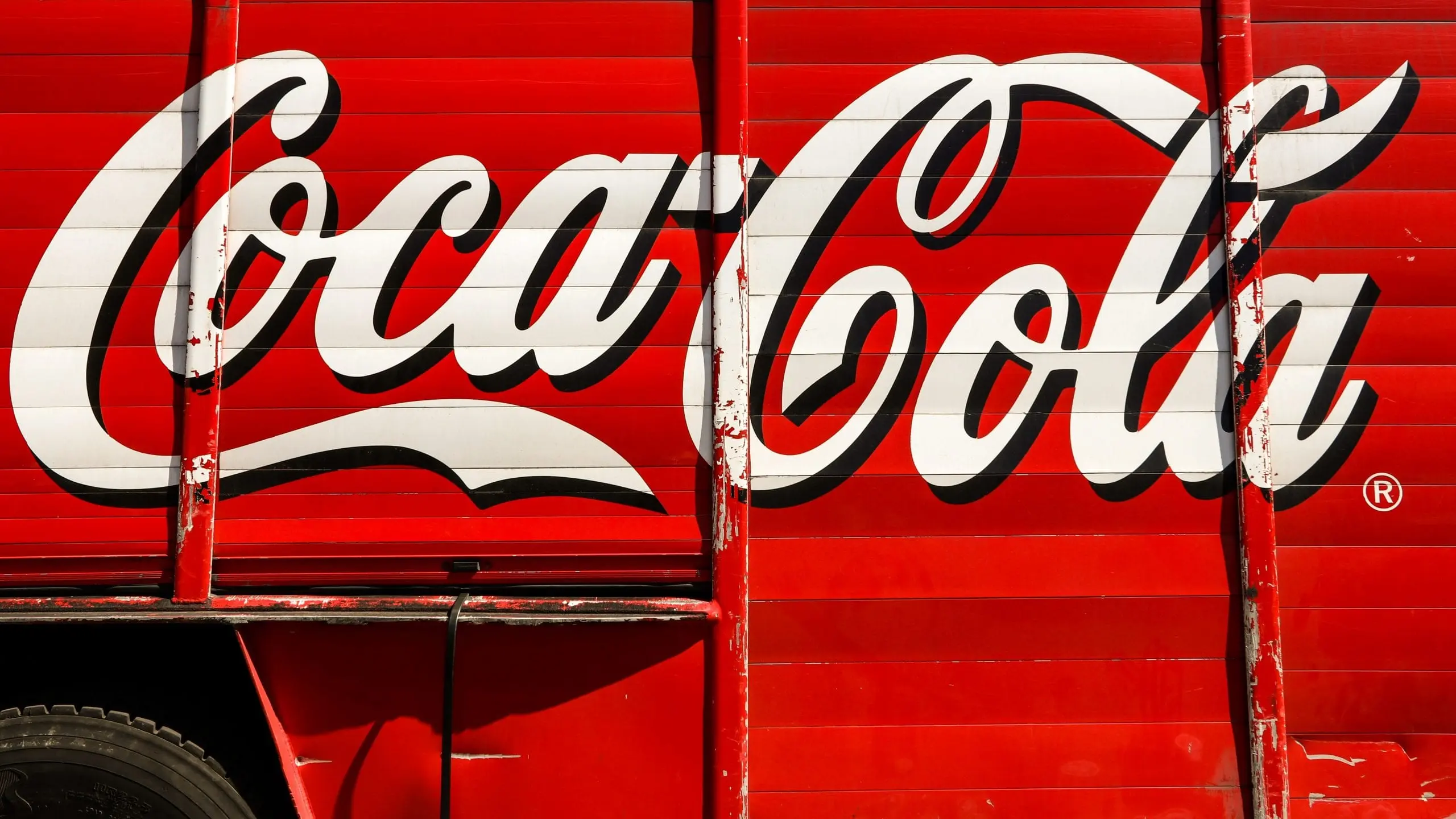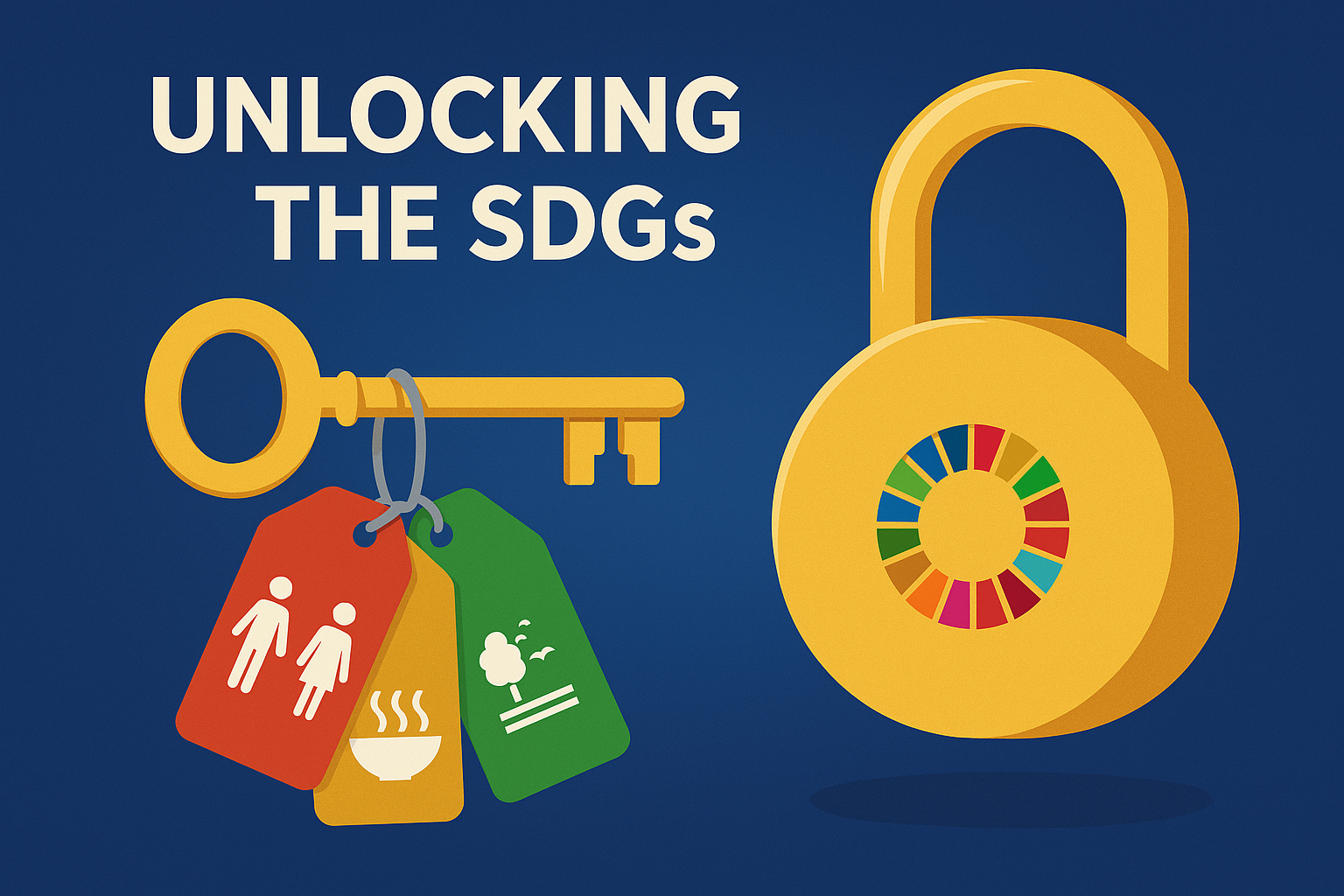3 Key Impact Points:
- Tea Has a Lighter Footprint: A cup of tea generally has a smaller carbon footprint than coffee due to the lower amount of product used and fewer inputs.
- Coffee Drives Deforestation: Coffee production is linked to significant deforestation, contributing to around 5% of global forest loss.
- Impact of Milk: The biggest environmental impact in both drinks comes from the milk added, with cow’s milk having a high carbon footprint.
In the battle of caffeinated beverages, tea and coffee are among the world’s most consumed drinks. While neither is essential for survival, many can’t imagine starting their day without them. However, their environmental impacts are significant, with intensive farming, processing, and global transportation leaving a lasting ecological footprint.
Cultivation’s Climate Cost
Tea and coffee are grown primarily in the Global South and then exported to Northern countries. Deforestation is one of the biggest consequences, especially for coffee, with around 130,000 hectares of forest cleared annually for plantations. Coffee now requires more intensive fertilizer, water, and pesticides, as it’s often grown in large, sun-exposed plantations rather than in traditional shaded settings.
Tea also contributes to deforestation, particularly in countries like India and Sri Lanka, but the impact is less pronounced compared to coffee. According to researchers, about 5% of global deforestation is linked to coffee production.
Change the World - Subscribe Now
The Carbon Footprint of a Cup
When comparing the carbon footprint of tea and coffee, tea comes out ahead. A typical cup of tea uses about 2 grams of tea leaves, whereas coffee requires 7 grams of beans per cup, making tea more efficient in terms of raw material use.
However, the environmental scale tips further depending on the milk added. Cow’s milk has a substantial carbon footprint, and we tend to add more milk to coffee-based drinks like lattes and flat whites, worsening its overall impact.
Reducing the Impact
Consumers can make their tea or coffee more sustainable with small changes:
- Heat only the water you need to avoid energy waste.
- Opt for loose leaf tea instead of tea bags, which often contain plastic.
- Consider using plant-based milk or drink your coffee and tea black for an eco-friendlier sip.
On a larger scale, businesses and farmers can adopt practices like using less fertilizer, managing water more efficiently, and switching to cargo ship transport to cut down carbon emissions by up to 77%.
The Path Forward
With coffee consumption set to double in the next 25 years and climate change shrinking the areas suitable for its cultivation, we face an increasing challenge to balance demand with sustainability. Businesses, governments, and consumers must work together to ensure the coffee and tea industries can grow without further deforestation or environmental degradation.
As both beverages hold cultural and economic significance, the shift towards greener practices will be crucial in ensuring their sustainable production and consumption for generations to come.











